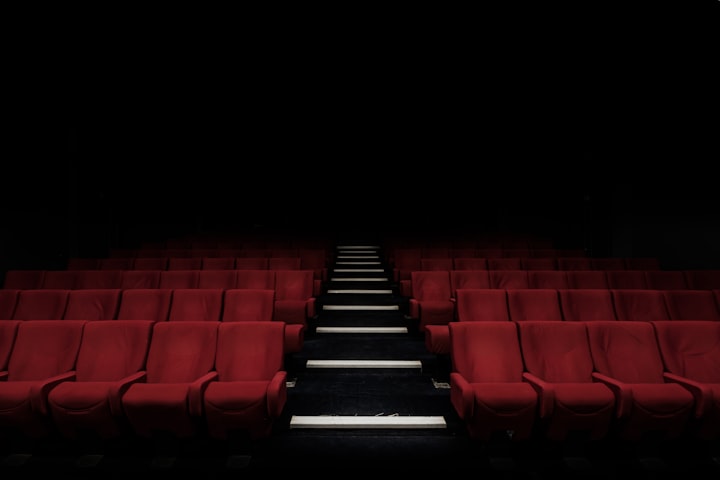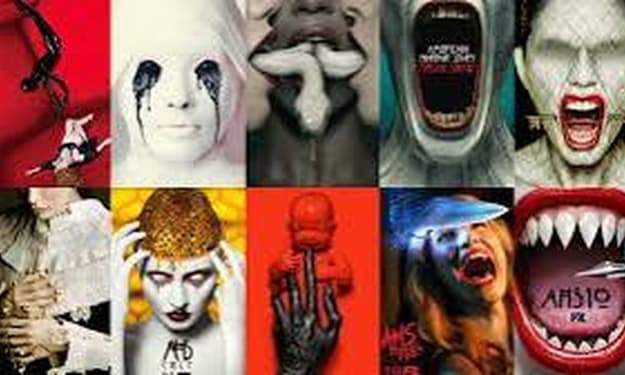A Filmmaker's Guide to: “The Cabinet of Dr. Caligari” (1920)
An Appreciation of Cinema (Pt.21)

In this chapter of ‘the filmmaker’s guide’ we are going to explore some of the films that have changed our outlook of the possibilities in cinema in some way, shape or form. These can include, but are not limited to: revolutionary cinematography, narratives that challenge the social structure and the common view, trademark styles of auter cinema, brilliant adaptations of novels and other works, films of philosophical value and films that touch our hearts and souls with their incredible underlying messages and morals. Within each of the films in this chapter there is a certain something that makes them special and a certain something that makes them linger long after we have watched them for the first time. Lasting impressions are difficult to create, but I think that the films we will briefly touch on in this chapter are some of the films we will never ever forget.
“The Cabinet of Dr. Caligari” (1920) dir. by Robert Weine
One of the films that I was admittedly terrified of as a child was “The Cabinet of Dr. Caligari” (1920) and because it was so old, it was easy to gain access to and so, was one of the films I was also most interested in as a child. Though I was afraid, ten-year-old me did not have a clue what a ‘somnambulist’ was and I had no idea why I was watching it - it was still different to anything I had ever seen and I ever would see again. I have never found a great silent film that puts the fear of God in you like “The Cabinet of Dr. Caligari” (1920) and even Murnau’s “Nosferatu” (1922) takes a leaf out of the same book but again, it never put the fear of God in me like Weine’s movie did. There was always something about Cesare that terrified me and even to this day, it resonates like a traumatic memory and I still feel uncomfortable watching the scene where they first wake him up.

The set is just spectacular. The straight lines and geometric shapes, the sharpness of the horrific scene that would be copied by the likes of Hitchcock and Kubrick, Lang and Murnau, a few years later. German Expressionism lives within this film because of its every move. Cesare is the perfect representation of the derangement and psychopathy of cinema that was to follow. The intense stare that was so vividly imitated by every character from those within the realms of the 1930s Golden Age Horror experience, all the way to that strange subliminal message demonic face we all remember from “The Exorcist” (1973). It’s all caused by Cesare. The acting is perfect for the film, the movement of the camera, or rather lack of movement of the camera is just so uncomfortable and intense. The movements of other characters as they frantically search for the murdered man and finally, the way in which the set is designed to give maximum discomfort, oddity and of course, chaos.

I have seen this film many times and I can certainly say that without this particular film in cinema’s history, we would not have at least half of the horror films we have today. I will always come back to Cesare’s intense stare when he wakes up as being one of the most uncomfortable scenes to watch in all of film history because we really have no idea what he’s thinking but it cannot be good. “Frankenstein” (1931), “Carrie” (1976), “The Silence of the Lambs” (1991) and even “American Psycho” (2000) are just some of the films that have used exactly the same stance for villainy and discomfort - possibly the most famous being the ‘confession’ scene from “American Psycho” (2000). The one thing that makes Cesare stand out though is not just the gothic make-up and is not just his rigidity. But it is actually the fact that if you look at his features, they are soft and he doesn’t look that threatening at all in reality. To make himself look threatening to the degree of making the audience uncomfortable is a special skill that must be respected and applauded. This was really the film that you need to watch in order to learn what fear really is. It isn’t monsters of inhumanity, instead it is those that look like us and present threats to us.

About the Creator
Annie Kapur
195K+ Reads on Vocal.
English Lecturer
🎓Literature & Writing (B.A)
🎓Film & Writing (M.A)
🎓Secondary English Education (PgDipEd) (QTS)
📍Birmingham, UK






Comments
There are no comments for this story
Be the first to respond and start the conversation.